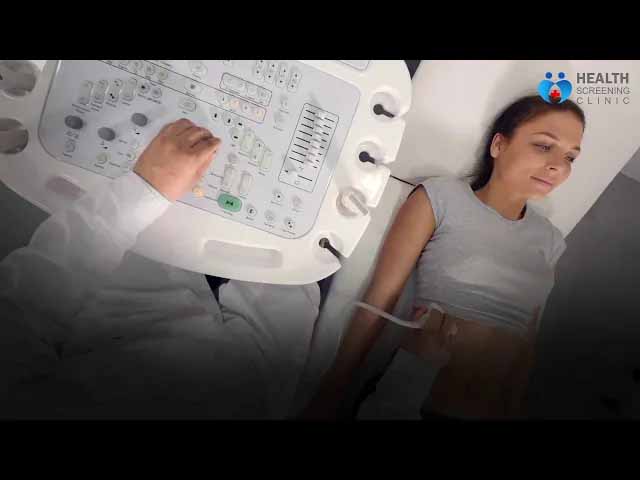ANAPHYLAXIS
Anaphylaxis is a catastrophic allergic reaction that needs to be treatedas soon as possible.It happens suddenly within the shortesttime of exposure toan allergen which might be from insect stings, nuts and medication in most cases.
History of anaphylaxis
The case of anaphylaxis was first recorded in 2641BC when King Menes of Egypt died from a Wasp sting. In 1988, Dr Evans, a Canadian researcher reported the first fatal reaction to peanuts. In recent times, observations have shownthat one out of every five hundred hospital emergency cases isan anaphylactic reaction and this number is increasing rapidly in developed countries. Nut anaphylaxis which could result from changes in diet and environmentwas first documented just about 20 years ago. Over 150 food allergy deaths are reported in the US annually.
Causes of Anaphylaxis
Not everybody develops anaphylaxis; it happens in most cases to people who have allergies and brittle asthma patients. Eating foodssuch as nuts, peanuts, eggs, mammalian milk, soy, wheat, fish and shellfish which you are allergicto are the most common causes of anaphylaxis in the society.
One can develop anaphylaxis if he or she is allergic to venom from wasp or bee stings, latex and drugs such as penicillin, codeine and aspirin can also cause anaphylaxis.
Anaphylactic reactions in the hospital context are induced from medicines such as muscle relaxants, antibiotics, x-ray contrast medium and injectable medications like anaesthetic agents.
There is an increase in Latex allergy and anaphylaxis these days, especiallyamong children and health workers who are frequently exposed and have frequent operations involving Latex in surgical gloves, drip sets and catheters.
Treatment of anaphylaxis
Anaphylaxis major symptomisa respiratory obstruction that can lead to rapid shock, so it must be treated as an emergency. The first treatment administered in an emergency anaphylaxis treatmentis adrenaline or epinephrine, which raises blood pressure, relieves breathing difficulties and reduces swelling.
Adrenaline Injectorsshouldbe used if you have had a previous and severe anaphylactic reaction to curl futurereactions which poses a greater risk for collapse or even death — thethree brands of adrenaline auto-injectors used in the UK are theEmerade, Epipen and Jext pens. You can administer antihistamine in milder reactions where there is minimal or no breathing difficulties and monitor the situation for some minutes before giving adrenaline.
Every anaphylaxis patient should visit the local hospital Emergency Unit for further observation because further treatment might be neededsuch as antihistamines, corticosteroids and occasionally oxygen and intravenous fluid therapywhen the adrenaline wears off. Idiopathic Anaphylaxis patients may need to stay on low-dose oral cortisone for prolonged periods to prevent further attacks.
Preventing anaphylaxis
You should visit an allergy clinic for full assessment if you have hadan anaphylactic reaction beforeto identify the cause of the reaction.To prevent further anaphylactic reactions, you must take note of the following precautions;
- Two preloaded adrenaline auto-injectors should be in your possession(Epipen, Emerade or Jext), one must be with you always and the other at work or school.
- Inform people at home, your colleague at work or schoolabout your allergy,the needed medication, how it can be administered and where you keep it.
- Ensure easy accessibility of your medication.
- Avoid exposure to sunlight and make sure it is not expired. (Epipens and Emerade have a 12-month lifespan whileJextpensexpireafter 24 months).
- Wearing a Medic Alert necklace or bracelet engraved with information for emergency medical workers to identify your specific anaphylactic condition is important.



